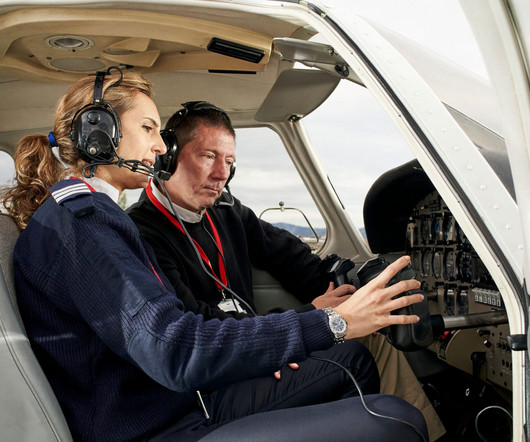Step-by-Step Guide: How to Land a Piper Seminole Safely
Pilot's Life Blog
JANUARY 5, 2025
The pre-landing check is the first step in ensuring the aircraft is ready for a stable descent. Review current weather conditions, including wind speed, direction, and visibility, as these can significantly impact the approach. Additionally, configure the aircraft for a stable descent.












Let's personalize your content